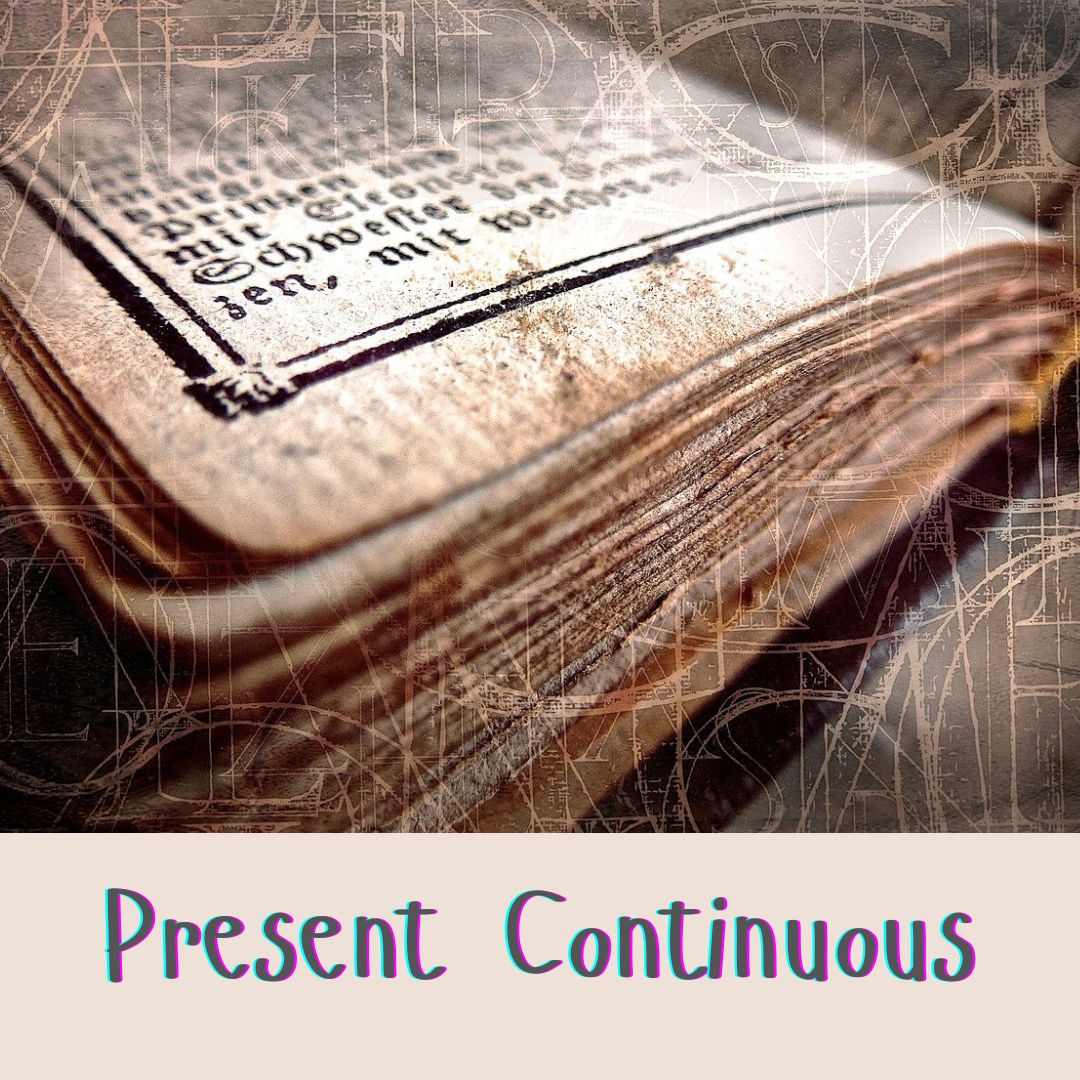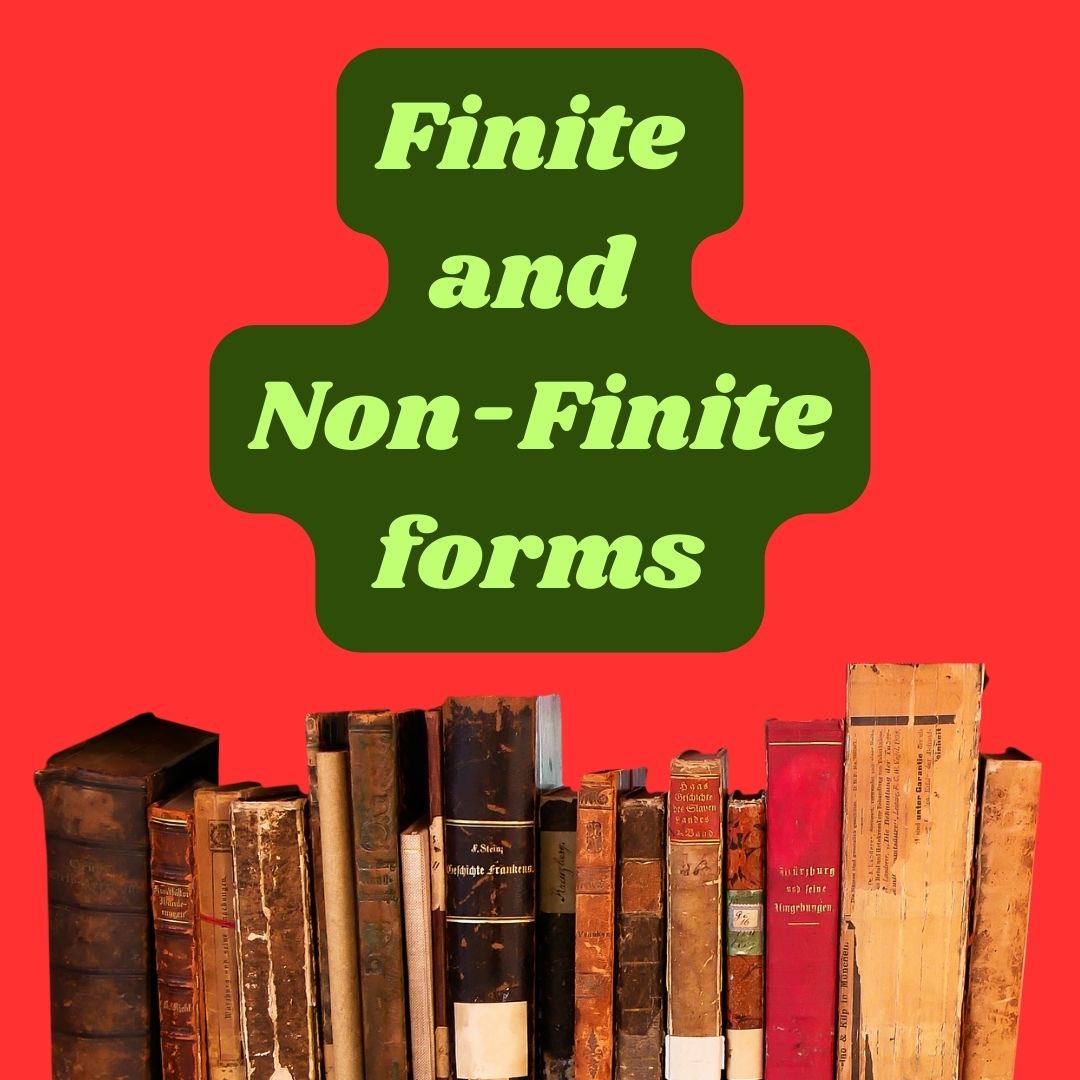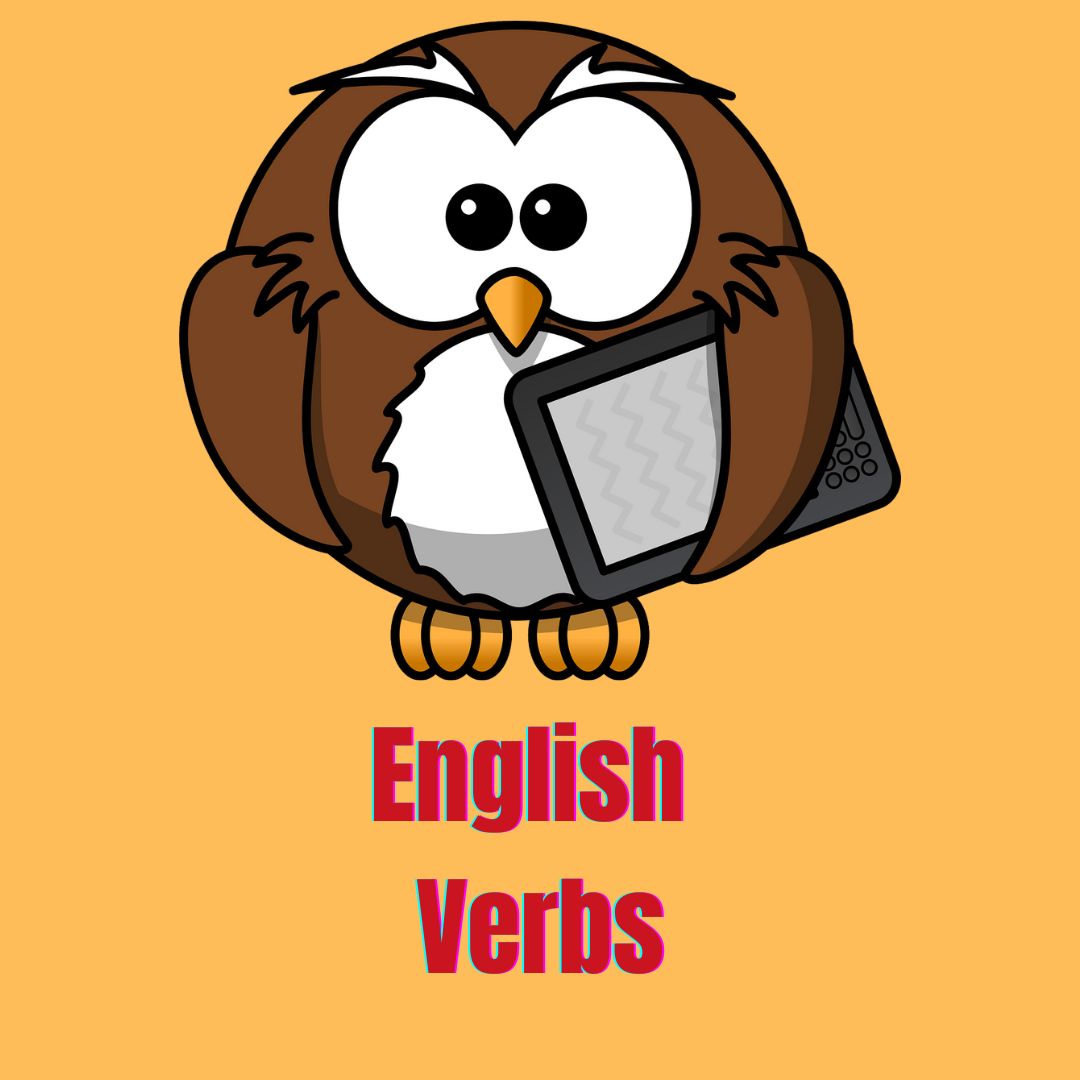Tag: action

The Past Continuous tense
The Past Continuous tense is used to describe an action that was in progress at a specific time in the past.Situation Adverbs Action happening at a specific time in the past at that time, then Action happening over a period of time in the past all day/night/morning/afternoon, constantly, continuously Two actions happening simultaneously in the past while Repeated action in the past every day/night/morning/afternoon, always

The Present Continuous tense
The Present Continuous Tense: The affirmative form: of the Present Continuous Tense is formed by using the present tense of the auxiliary verb to be (am, is, are) followed by the present participle (verb + ing) of the main verb. Subject + Auxiliary Verb + Main Verb + ing Examples: I […]

What is the Voice of a Verb?
There are two types of voices: active voice and passive voice.In active voice, the subject of the sentence is the doer of the action. This is the most common and direct way of expressing a sentence.In passive voice, the subject of the sentence is the receiver of the action, and the doer of the action is either not mentioned or is introduced using the preposition by.

Finite and non- finite forms of the Verbs
In grammar, a finite verb is a verb form that shows tense, person, number, and mood. A finite verb is used to indicate that the action or state of the verb is limited to a specific time or subject.

What is a Verb?
A verb is one of the nine parts of speech in the English grammar. It is a type of word that typically expresses an action, occurrence, or state of being. Verbs are essential in constructing sentences, as they indicate the relationship between the subject and the predicate of a sentence. In addition, verbs often undergo inflection to indicate tense, aspect, mood, or agreement with the subject.